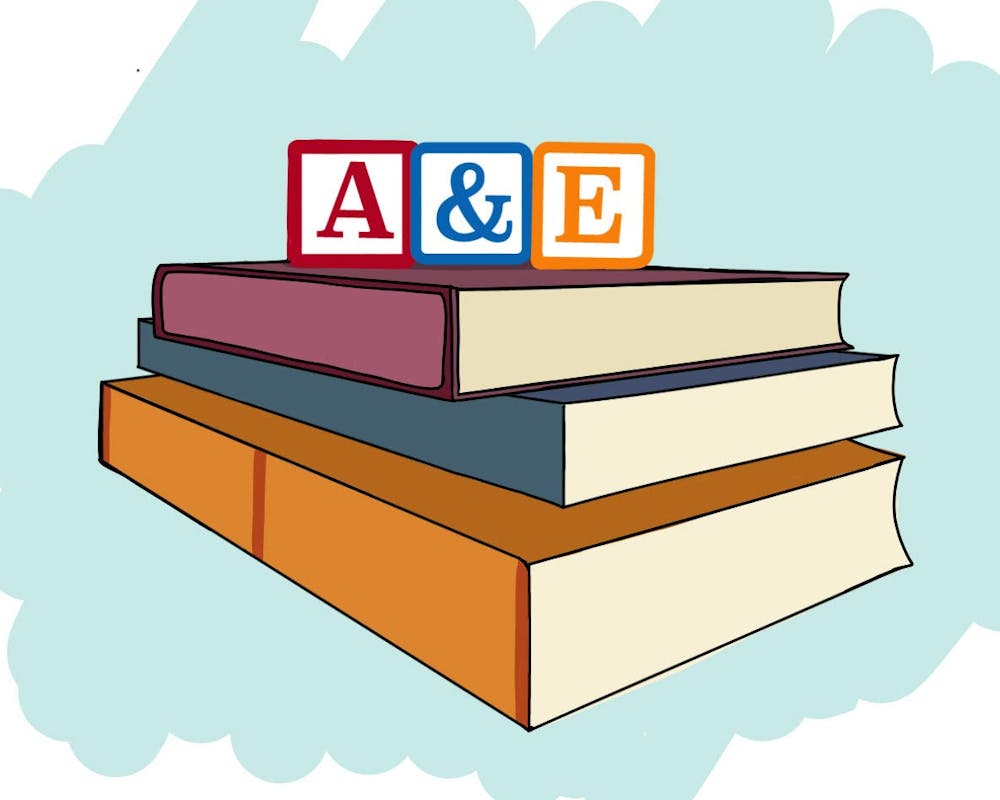The chaos and the happiness of the holiday season are upon us. The holidays bring with them airport security lines, crowded highways and crazy cousins — or parents — but also reunion, good food and a brief rest for all. Whether driving across Charlottesville or flying across the country, going home can be a complicated experience. Here are three books to read this winter break about what it means to be home.
“The Secret History” by Donna Tartt
“The snow in the mountains was melting and Bunny had been dead for several weeks before we came to understand the gravity of our situation,” author Donna Tartt writes in the opening line of her first novel.
Published in 1992, “The Secret History” was written by Tartt while she was a student at Bennington College. The story takes place at a small fictional College in Vermont. The main character Richard Papen comes from a working-class family in Plano, California but finds himself out of place amongst his wealthy New England classmates. His father works at a gas station, and his mother at a call center. When his friend asks him how his father made his “filthy lucre”, he simply replies, “oil.”
Papen falls in with an eclectic cohort of six classics majors who take all their classes under an elderly professor named Julian Morrow. The group is obsessed with the Greek language and philosophy. Papen soon becomes more and more at home in the group, and the modern world begins to seem odder to him than the classical. As the students question modern conceptions of morality, sexuality and violence, their mysterious weekend excursions grow darker and darker.
Despite the darkness and mystery, “The Secret History” maintains a central current of camaraderie among the students as they explore their new home and make it their own. Their experience of finding a new sense of home in a foreign place will offer comfort to any students staying at the University over break, or a welcome tie to University life for any students missing their new home as they return to their families.
“Mister Pip” by Lyod Jones
As the Island of Bougainville in Papua New Guinea erupts into civil war, fourteen-year-old Matilda and her staunchly Christian mother are left to fend for themselves. While the white residents evacuate to Australia, one foreigner, Mr. Watts, remains. The odd man is married to a native of the island and lives as a hermit. As the schoolteachers have also fled, Mr. Watts decides to clean up the one-room schoolhouse, which lies in disrepair. Whether out of a sense of altruism or a desire for order in his chaotic environment, Watts starts holding classes where he reads to the children from a copy of “Great Expectations” by Charles Dickens.
Despite the difficulty of the language, the children begin to relate to the story of an orphan growing up impoverished in Victorian England. They grow closer to their teacher and soon start to bring their parents to class to hear the story of “Mr. Pip.” The narrator, Matilda, becomes especially close to Mr. Watts but is pulled between his education and her skeptical Christian mother. As the violence of the civil war escalates, the tension between their village and the outside world becomes increasingly precarious.
The novel was written in 2006 by Lyod Jones — a native of New Zealand — and was adapted into a feature film in 2012. Both novel and film demonstrate how important old and new relationships are in maintaining a sense of home, no matter the circumstances — an important reminder for students to reconnect with hometown friends and family over break.
“Whereabouts” by Jhumpa Lahiri
Jhumpa Lahiri’s 2021 novel “Whereabouts” questions why home doesn’t always feel like home. The unnamed narrator is an author and literature professor who is a native of Italy and remains there unmarried in her middle age. Each chapter is named after a place in the narrator's highly routine life — “On the Street,” “In the Office,” “By the Sea” and so on. Although the narrator is distinctly Italian and lives around family and friends, she spends much of her time in solitude. Rather than comfort and fulfillment, her home leaves her dissatisfied.
Lahiri is an American author and daughter of Indian immigrants. Her former works, including her Pulitzer Prize-winning collection of short stories, “The Interpreter of Maladies,” have centered around the Indian and Indian American experience. Immigration, arranged marriage, parenthood and cultural transmission across generations are recurring themes.
“Whereabouts” departs from the Indian immigration narrative but retains the core theme of place as it relates to identity. While Lahiri’s former characters face daunting change and work ceaselessly to make a place for themselves in their new countries, this character deals with exactly the opposite problems. She struggles with a feeling of stagnancy and first-world ennui in the unnamed city where she has lived her entire life. Lahiri’s writing is sparse and almost surreal. The exact details of the time and place remain hazy.
Lahiri wrote the book first in Italian, with the title “Dove me Trovo,” which translates to “Where I Find Myself.” She translated the book into English herself, which is important given the book's minimalist and sometimes ambiguous style — the very language of the text is an act of cultural transformation.
From the snowy Vermont countryside to the piazzas of Italy and the remote isles of Papua New Guinea, these stories capture what it means both to go home and to find a sense of home in a foreign place.







